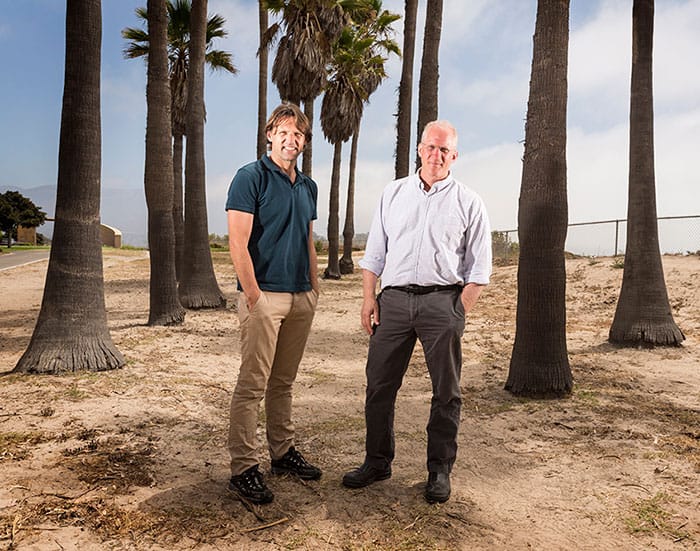Flash Physics is our daily pick of the latest need-to-know developments from the global physics community selected by Physics World‘s team of editors and reporters

European Mars lander doomed by computer glitch
The European Space Agency (ESA) has confirmed that the recent crash of a Mars probe was caused by a computer glitch that made the spacecraft assume it had already landed on the red planet. ESA’s Entry, Descent and Landing Demonstrator, known as Schiaparelli, was launched together with ESA’s Trace Gas Orbiter and arrived at Mars in October. It was supposed to test landing techniques that would be employed on the upcoming ExoMars rover. However, as the probe entered Mars’s atmosphere, ESA scientists lost contact with Schiaparelli after it casted its parachute. Investigations have now shown that the parachute was deployed too early – at some 4 km above the surface of the planet – and that the probe also briefly fired its breaking thrusters too soon. The problem was due to a sensor failure that generated a negative altitude reading and made the probe think it was below ground level. A full report on the cause of the crash is expected early next year.
Was the speed of light faster in the early universe?
A way of testing whether the speed of light was faster in the very early universe than it is today has been put forth by João Magueijo of Imperial College London and Niayesh Afshordi at the Perimeter Institute for Theoretical Physics in Canada. Although a variable speed of light is at odds with Einstein’s special theory of relativity, it could solve the “horizon problem” of cosmology. The conventional theory of the early universe is that it underwent a rapid exponential expansion just 10–36 after the Big Bang. Known as inflation, this phenomenon explains several properties of the universe including the fact that it appears more or less the same in every direction. Dubbed the horizon problem, this homogeneity is unexpected because it would require energy to be transferred across the universe faster than the speed of light if the universe expanded gradually. Inflation solves the problem because an exponentially-expanding universe would not have time to lose its initial homogeneity. However, if the speed of light was much faster in the early universe then inflation – which itself is not fully understood – could be dispensed with. Writing in Physical Review D Magueijo and Afshordi explain how a varying speed of light would leave a specific signature in the tiny fluctuations in the cosmic microwave background (CMB) – radiation that was produced 380,000 years after the Big Bang and can be detected today. While their prediction falls within the current measurement uncertainty of the CMB by the Planck space observatory, Magueijo and Afshordi say that “improved observations will soon vindicate or disprove this model”.
Four quantum-computing stars join Microsoft

Four leaders in the field of quantum computing are joining Microsoft to help the company develop a topological quantum computer. Leo Kouwenhoven of the Delft University of Technology in the Netherlands and Charles Marcus of the University of Copenhagen have already been hired by the US-based company and they will both build dedicated Microsoft quantum labs at their respective universities – while maintaining their academic research labs. Kouwenhoven and Marcus are both experimentalists who study solid-state systems that could be used to create hardware for quantum computers. Microsoft has also announced that it will soon be hiring Matthias Troyer of ETH Zurich, who is a theorist working on quantum algorithms and David Reilly of the University of Sydney, who develops quantum devices based on nanostructures. The quartet will help US-based Microsoft in its attempt to build a quantum computer based on topological quantum bits (qubits). Such qubits have inherent physical properties that should make them immune to environmental noise – which would otherwise degrade or even destroy quantum computations. Marcus and other experts explain the challenges of building a quantum computer in this podcast: “ Quantum computing: Challenges, triumphs and applications”
- You can find all our daily Flash Physics posts in the website’s news section, as well as on Twitter and Facebook using #FlashPhysics. Tune in to physicsworld.com later today to read today’s extensive news story on a single-photon absorber based on Rydberg atoms.



